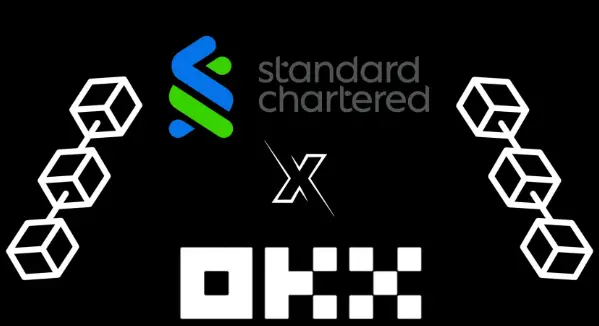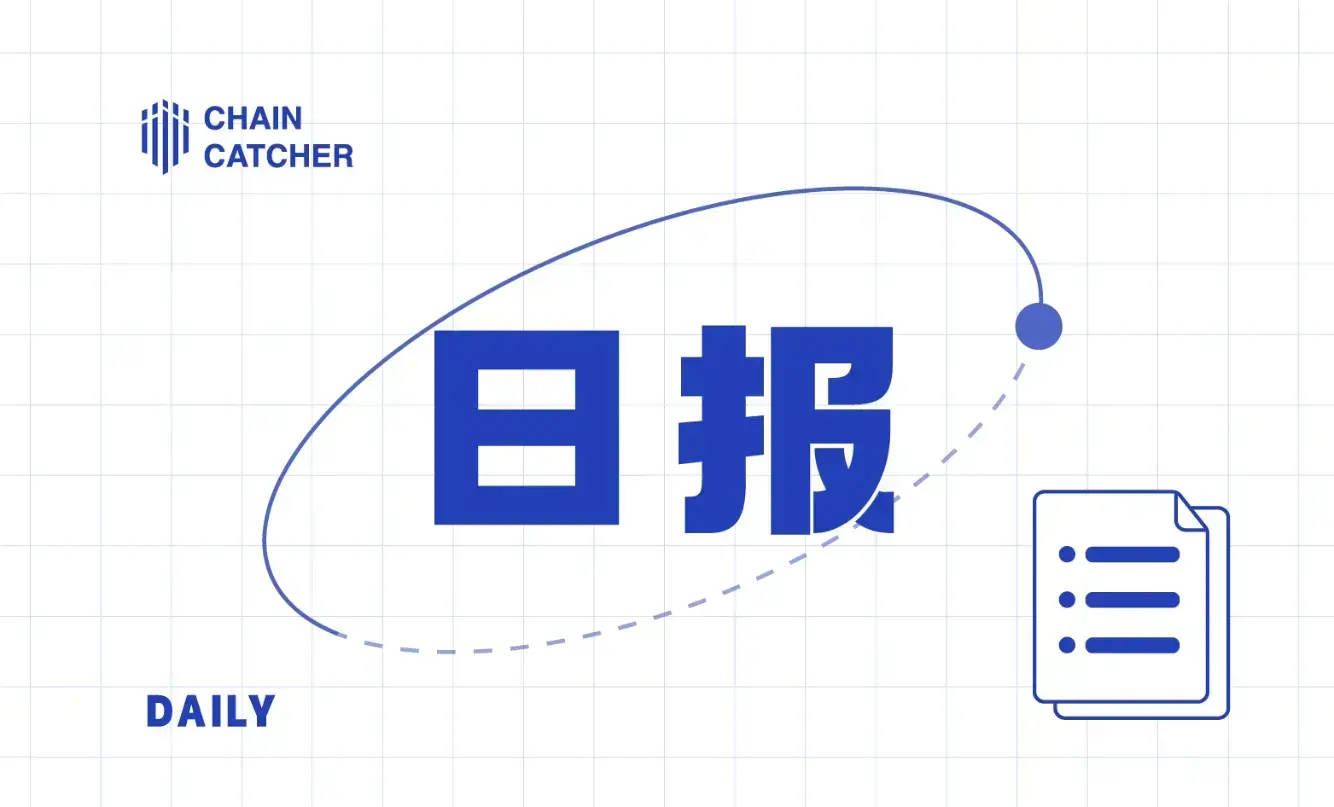Strategy Testing Conclusion | OKX and AICoin Research Institute: A Summary of 8 Major Trading Strategies
OKX, in collaboration with the premium data platform AICoin, has launched a series of classic strategy studies aimed at helping users better understand and learn different strategies through core dimensions such as data testing and strategy characteristics, thereby avoiding blind usage.
This article is the concluding piece of the strategy testing, summarizing the core content of the previous five issues to help users grasp eight classic trading strategies in one go. These strategy summaries showcase the performance and application scenarios of different strategies in specific market environments. Traders should choose suitable strategies based on their own risk tolerance and market judgment, and continuously optimize strategies to adapt to market changes.

Dollar-Cost Averaging Strategy
The dollar-cost averaging strategy is a method of trading a fixed amount at regular intervals to spread the risk of a one-time large transaction and maximize returns through the effect of compound interest over time. This strategy is particularly suitable for long-term holders, aiming to reduce the psychological pressure and trading risks brought by market volatility.
Data Sample
By analyzing the dollar-cost averaging returns of Bitcoin during different halving cycles, the results show that the dollar-cost averaging strategy has a win rate exceeding 50% in each cycle, especially during the period from the second halving to the third halving, where the return rate reached 170.03%. However, this return rate still pales in comparison to the overall increase in the Bitcoin market. For the dollar-cost averaging data sample over the past four years, the return rate in 2022 was -48.75%, highlighting the risks that the dollar-cost averaging strategy may pose in a bear market.
Advantages and Disadvantages
- Advantages: The dollar-cost averaging strategy reduces the impact of market volatility by spreading out trading times, making it suitable for traders with lower psychological resilience. It features ease of operation and lower risk, particularly for long-term traders.
- Disadvantages: The dollar-cost averaging strategy cannot maximize returns during sharp market upswings and requires long-term commitment; during prolonged market downturns, returns may be low.
Strategy Summary
The dollar-cost averaging strategy provides a relatively stable trading method in volatile markets, but it may fail to capture maximum gains when market trends are clear. Traders should adjust this strategy based on market conditions and personal trading goals.
Grid Strategy (Spot and Futures)
The grid strategy is a method that divides multiple grids within a preset price range and executes buy and sell operations during price fluctuations. This strategy is mainly suitable for ranging markets, achieving stable returns through frequent small transactions.
Data Sample
In the testing of neutral contract grids and spot grids, data shows that neutral contract grids yield the highest returns in an upward-trending market, reaching 33.91%, while spot grids yield 19.05% under the same market conditions. However, in a downward-trending market, spot grids incurred losses, revealing their limitations in a declining market.
Advantages and Disadvantages
- Advantages: The grid strategy performs excellently in ranging markets, especially neutral contract grids, achieving high returns through leverage and frequent trading. It is highly flexible and adaptable.
- Disadvantages: The grid strategy performs poorly in unidirectional markets, particularly spot grids, which are prone to losses in declining markets. Additionally, while futures grid strategies yield high returns, they come with higher risks.
Strategy Summary
The grid strategy offers an effective way to generate returns in ranging markets, particularly neutral contract grids, which perform well in various market environments. However, traders should use leverage cautiously and be aware of the potential impact of unidirectional market trends on the strategy.
Martingale Strategy (Spot and Futures)
The Martingale strategy is a high-risk method that involves doubling the trading size after a loss to lower the average cost, expecting to recover all losses through eventual profits. This strategy is suitable for traders with strong capital strength and performs better in ranging or upward markets.
Data Sample
In different market environments, testing of spot Martingale and futures Martingale shows that both can achieve considerable returns in upward markets, especially futures Martingale, which performs excellently in sideways markets. However, in downward markets, both face significant loss risks, particularly futures Martingale, where the use of leverage amplifies the risks.
Advantages and Disadvantages
- Advantages: The Martingale strategy reduces average costs by continuously increasing positions, offering high profit potential in ranging and upward markets, especially futures Martingale strategies, which amplify returns through leverage.
- Disadvantages: The main risk of this strategy lies in the potential for massive losses during sustained market declines, especially the risk of liquidation in leveraged trading. Moreover, the Martingale strategy requires strong psychological resilience and financial support.
Strategy Summary
The Martingale strategy can yield significant returns in appropriate market conditions, but its high-risk nature means that only traders with sufficient risk tolerance and capital strength can use it effectively. In a unidirectional declining market, traders should use this strategy cautiously or consider adjusting it to reduce risks.
Funding Fee Arbitrage Strategy
The funding fee arbitrage strategy is a method of profiting from the differences in funding rates between futures contracts and spot markets. This strategy is suitable for markets with low volatility and significant funding rate differences, aiming to achieve stable returns by locking in funding rate discrepancies.
Data Sample
Under different market conditions, testing of the funding fee arbitrage strategy shows that it can achieve stable annualized returns when funding rates are high. However, when market volatility is high or funding rates experience abnormal fluctuations, the strategy's returns may be affected.
Advantages and Disadvantages
- Advantages: The funding fee arbitrage strategy provides a relatively stable way to generate returns by locking in funding rate differences, especially performing well in low-volatility markets. Its risk is relatively low, making it suitable for long-term trading.
- Disadvantages: This strategy is highly dependent on market conditions, particularly performing well in markets with small funding rate fluctuations. However, in markets with large funding rate fluctuations or anomalies, it may be difficult to achieve expected returns.
Strategy Summary
The funding fee arbitrage strategy offers a stable way to generate returns in low-volatility markets, suitable for risk-averse traders. However, traders should closely monitor changes in market funding rates and adjust strategies as necessary to address risks brought by market volatility.
Time-Weighted and Iceberg Order Strategies
The time-weighted strategy and iceberg order strategy are two common trading strategies suitable for splitting and executing large orders. The time-weighted strategy reduces market impact by spreading large orders over a specified time; the iceberg order strategy hides the actual size of large orders by placing them in batches, avoiding sharp market price fluctuations.
Data Sample
The time-weighted strategy reduced market impact and achieved better returns through phased buying in a bull market; in a bear market, it avoided excessive losses by setting limit prices for market orders. The iceberg strategy effectively concealed the actual size of large buy orders in a bull market, preventing market price increases; while in a bear market, it hid the actual size of large sell orders to avoid panic selling.
Advantages and Disadvantages
- Advantages: The time-weighted strategy reduces market impact by spreading order execution times, resulting in smoother prices and higher controllability. The iceberg order strategy protects trading privacy by concealing order sizes and is highly adaptable.
- Disadvantages: The time-weighted strategy may not achieve the best prices during sharp market fluctuations and may be identified and targeted. The iceberg order strategy carries liquidity risks and is easily recognized by advanced algorithms.
Strategy Summary
The time-weighted and iceberg order strategies provide effective solutions for executing large orders, particularly suitable for environments with high market volatility or low liquidity. Traders should flexibly adjust strategy parameters based on market conditions and personal needs to achieve better trading outcomes.
How to Access OKX Strategy Trading?
Users can access the "Strategy Trading" mode in the "Trading" section of the OKX APP or official website, then click on the strategy square or create a strategy to start the experience. In addition to creating strategies independently, the strategy square currently offers "Quality Strategies" and "Quality Strategies from Strategy Signal Providers," allowing users to copy strategies or follow them.
OKX strategy trading features multiple core advantages, including ease of operation, low fees, and security guarantees. In terms of operation, OKX provides intelligent parameters to help users set trading parameters more scientifically; it also offers text and video tutorials to help users quickly get started and master the platform. Regarding fees, OKX has comprehensively upgraded its fee rate system, significantly reducing trading fees for users. In terms of security, OKX has a security team composed of top global experts, providing bank-level security protection.
How to Access AICoin's Strategies?
Users can find grid trading strategies, all-coin DCA strategies, and funding fee arbitrage strategies in the "Strategies" option on the left sidebar of the AI Coin product; in the "Market" option on the left sidebar, users can find AI grid strategies and spot DCA strategies; in the "Market" interface under "Custom Indicators/Backtesting/Live Trading," users can find dollar-cost averaging strategies and futures DCA strategies; and in the "Market" interface on the right sidebar under "Trading," users can find intelligent order-splitting strategies.
The AICoin strategy square selects various quality strategies, among which arbitrage bots feature low risk and stable returns, AI grids have the ability to quickly capture price differences, and all-coin DCA has the advantages of averaging costs and batch buying across all market coins, making it suitable for various types of investors.








